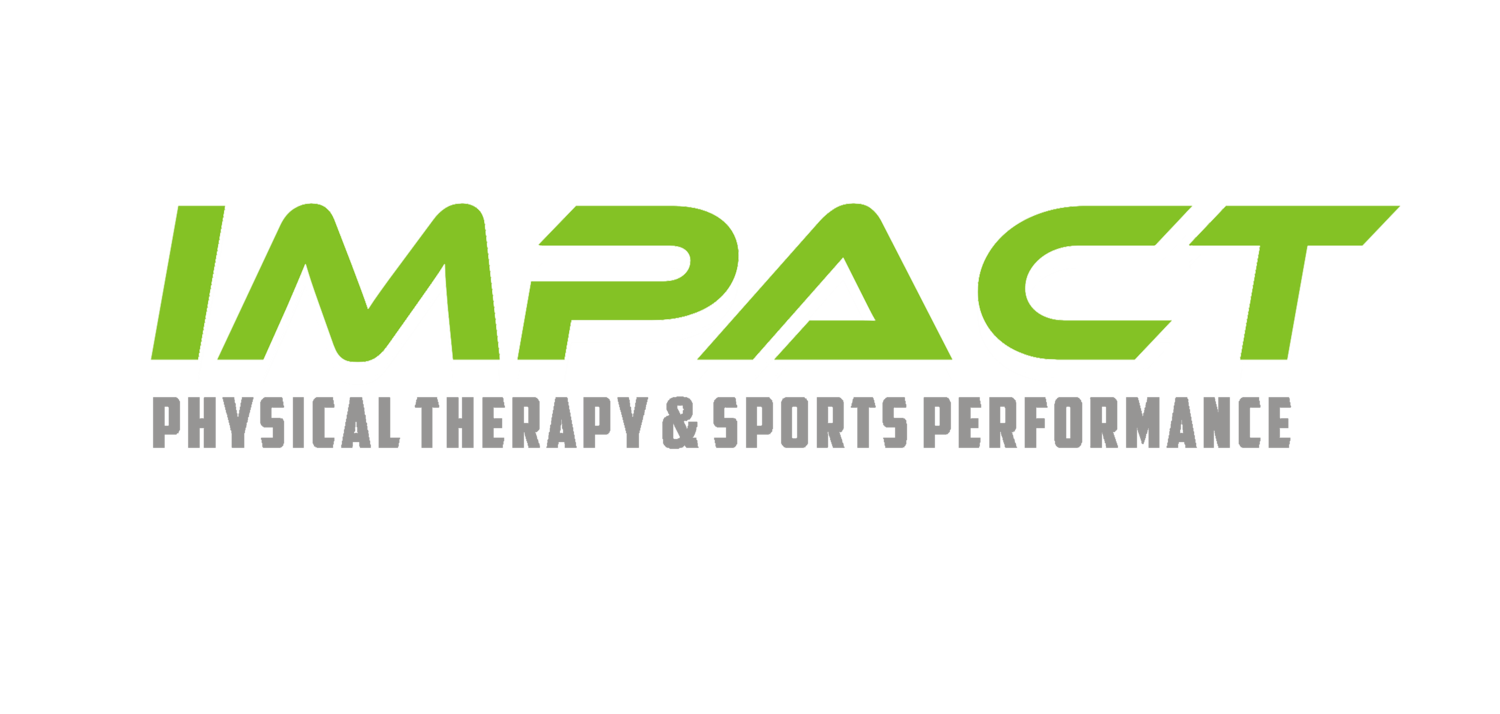Ergonomics in the Workplace: Enhancing Comfort and Productivity
Desk Ergonomics.
In today's fast-paced work environment, the significance of ergonomics cannot be overstated. At Impact Physical Therapy and Sports Performance, we understand that a well-designed workspace is crucial not only for comfort but also for preventing injuries and enhancing productivity. In this article, we'll explore the essentials of workplace ergonomics and how they can transform your professional life.
What is Ergonomics?
Ergonomics is the science of designing a workplace, keeping in mind the capabilities and limitations of the worker. Proper ergonomic design is necessary to prevent repetitive strain injuries, which can develop over time and lead to long-term disability.
Key Elements of Workplace Ergonomics
Chair Positioning:
The chair should support your lower back (lumbar region). An ergonomic chair with adjustable lumbar support is ideal.
Adjust the chair height so your feet are flat on the floor (or on a footrest) and your knees are at or slightly below hip level.
Armrests (if used) should allow your shoulders to relax and your elbows to stay close to your body.
Desk Height:
The desk height should allow you to use the keyboard with your forearms parallel to the ground, or slightly downward, and your wrists in a neutral position.
There should be clearance for your knees, thighs, and feet under the desk.
Monitor Position:
Place the monitor directly in front of you, about an arm's length away. The top of the screen should be at or slightly below eye level.
The monitor should be positioned to avoid glare from windows or lights. Use an anti-glare screen if necessary.
Keyboard and Mouse Placement:
Position the keyboard directly in front of your body to keep your shoulders relaxed. Ensure you can type with your wrists straight, in line with your forearms.
The mouse should be placed as close to the keyboard as possible to avoid overreaching.
Eye Level and Viewing Distance:
Adjust the monitor so the top line of the screen is at or just below eye level. This prevents you from having to tilt your head up or down.
The monitor should be about 20-30 inches (50-76 cm) from your eyes, or at a comfortable viewing distance where you don't have to lean forward or squint.
Lighting:
Ensure that your workspace is well-lit, but avoid positioning monitors directly in front of or behind windows to reduce glare.
Use task lighting if needed to illuminate documents or other items on your desk without creating screen glare.
Work Habits:
Take regular breaks to stretch and change your position.
Practice the 20-20-20 rule for eye strain: every 20 minutes, look at something 20 feet away for at least 20 seconds.
Keep the items you use most frequently (phone, notepad, pen) within easy reach to minimize repetitive reaching or twisting.
Remember, even with the best ergonomic setup, staying in one position for too long can still be harmful. Regular movement and changing positions are key. These checkpoints aim to create a comfortable, sustainable working environment to reduce the risk of strain or injury.
Benefits of Ergonomics in the Workplace
Implementing ergonomic principles can lead to:
Reduced risk of musculoskeletal disorders.
Increased comfort, leading to enhanced productivity and job satisfaction.
Decreased fatigue and discomfort.
Ergonomics in the workplace is essential for maintaining a healthy and productive work environment. At Impact Physical Therapy and Sports Performance, we advocate for proactive measures to ensure your workspace is ergonomically sound. Remember, a small change in your work environment can make a significant difference in your overall health and well-being.
Are you looking to optimize your workspace ergonomically or need advice on managing work-related discomfort? Contact us at Impact Physical Therapy and Sports Performance for expert guidance and support.


